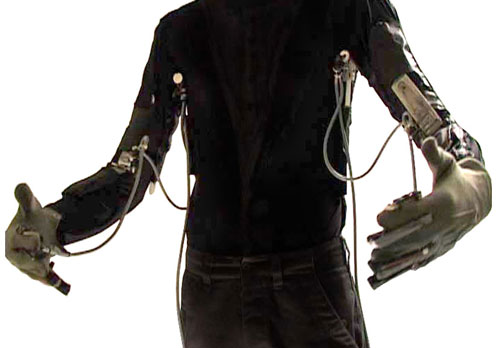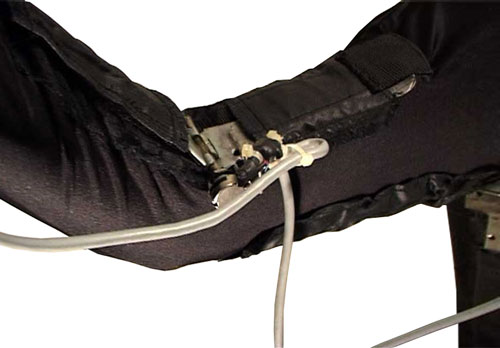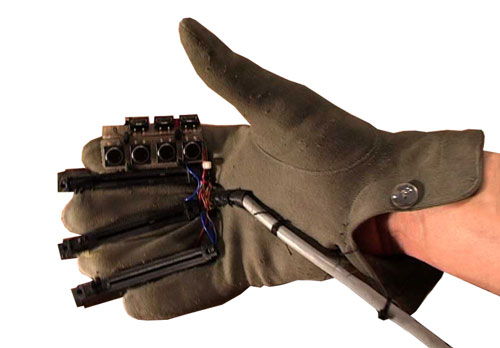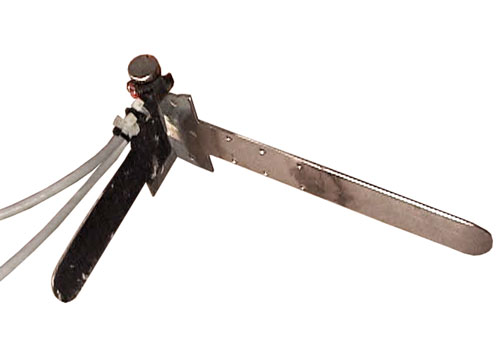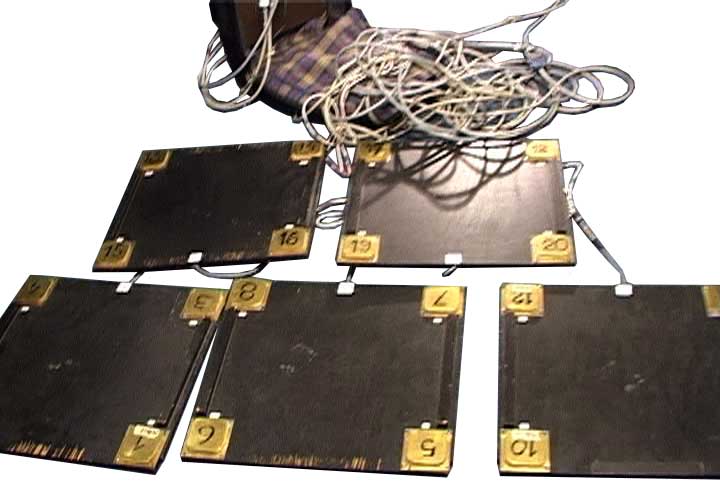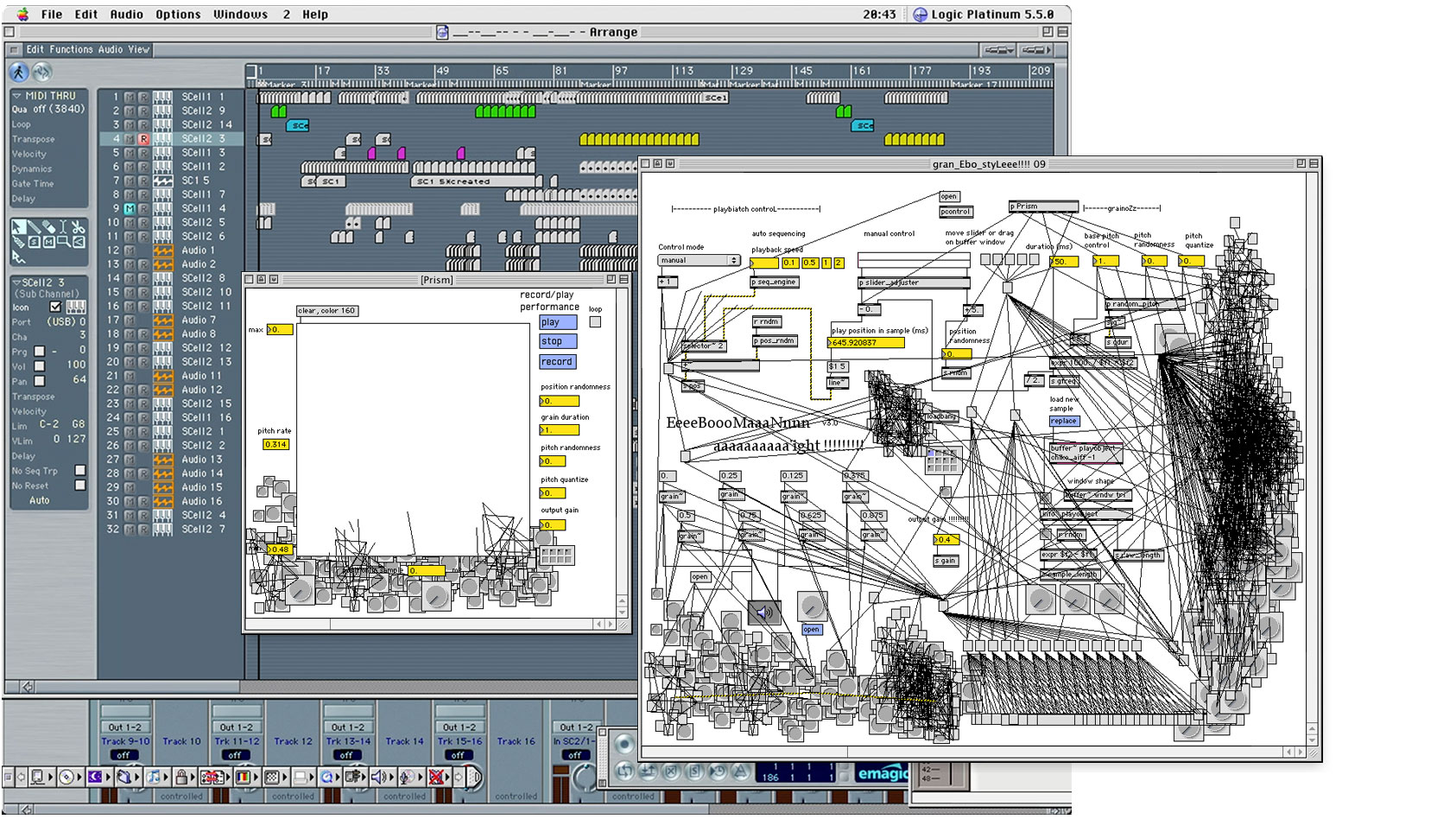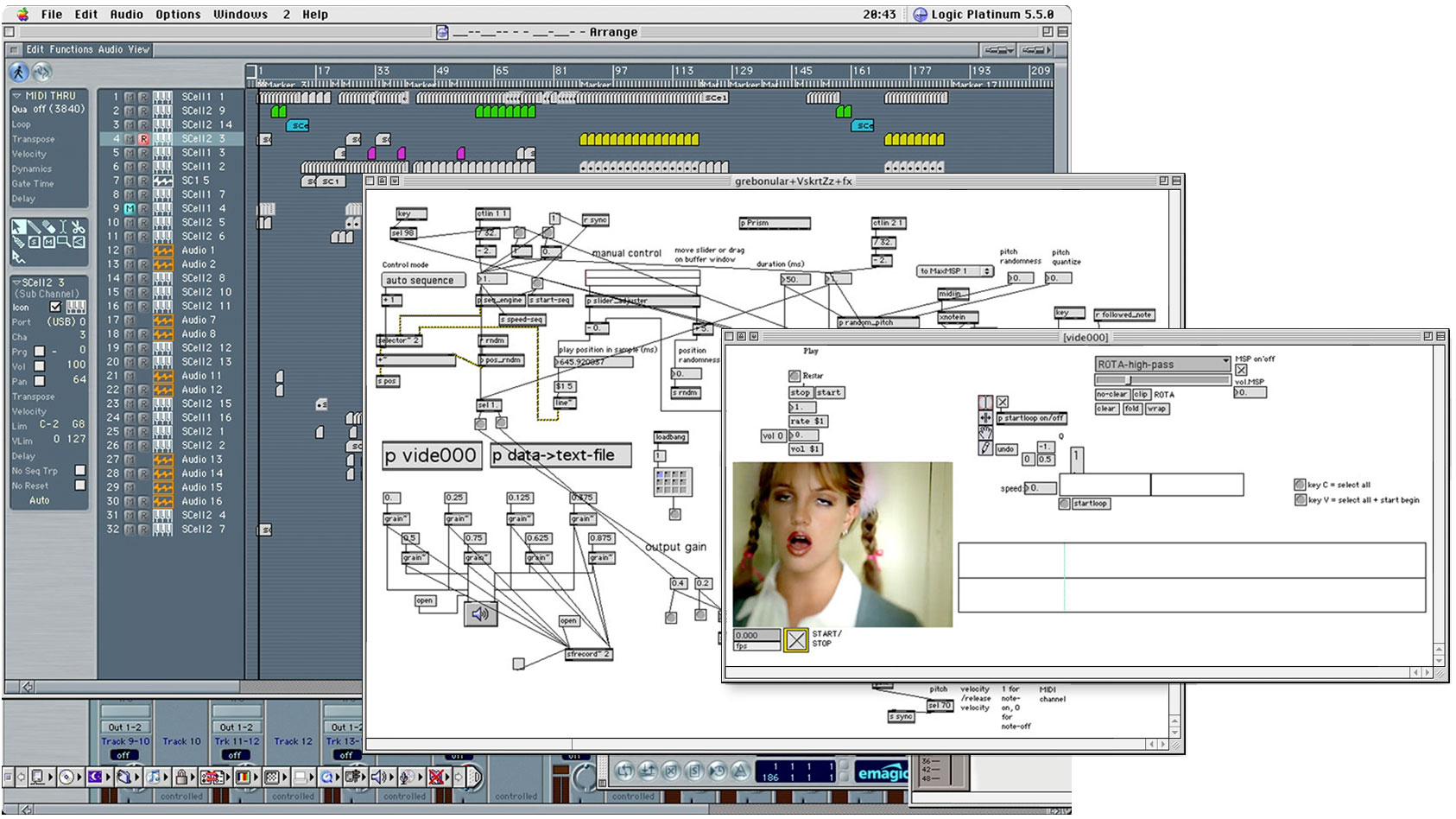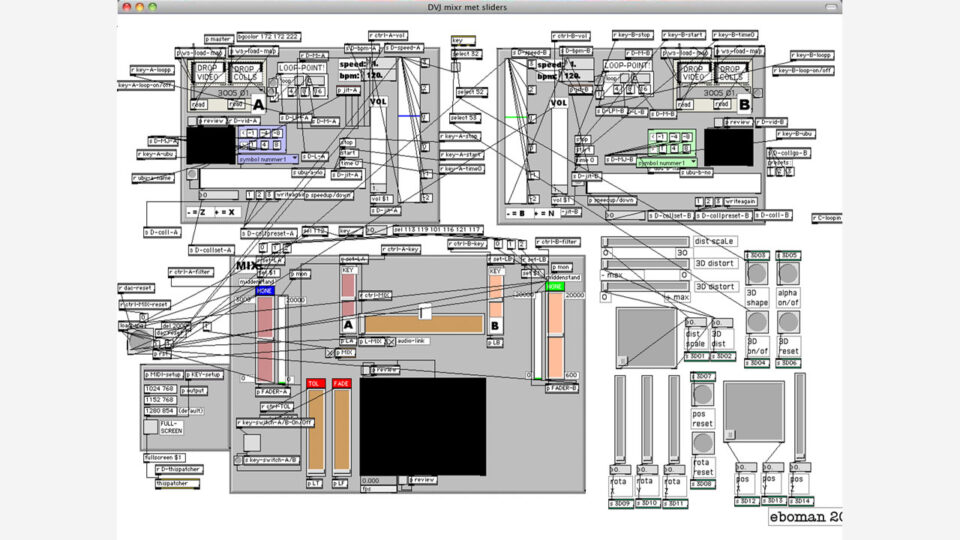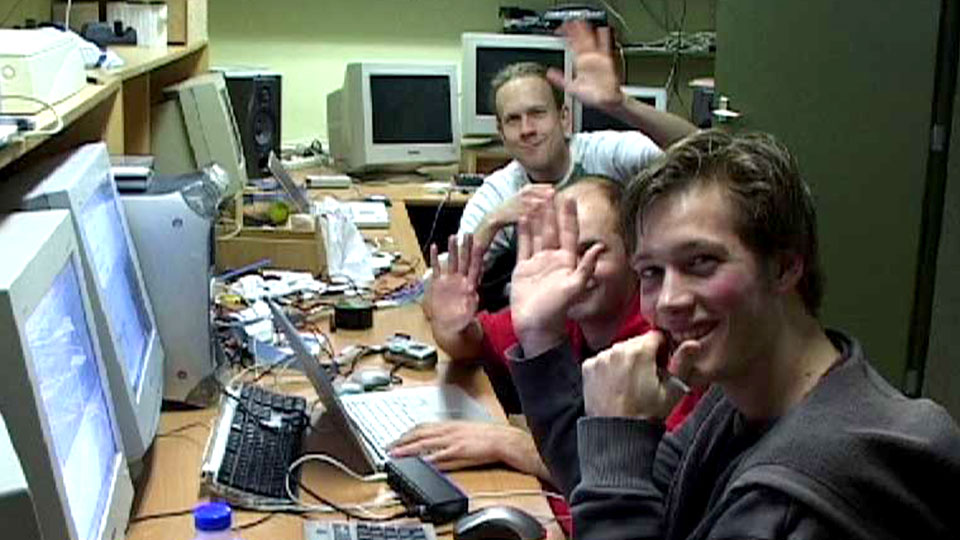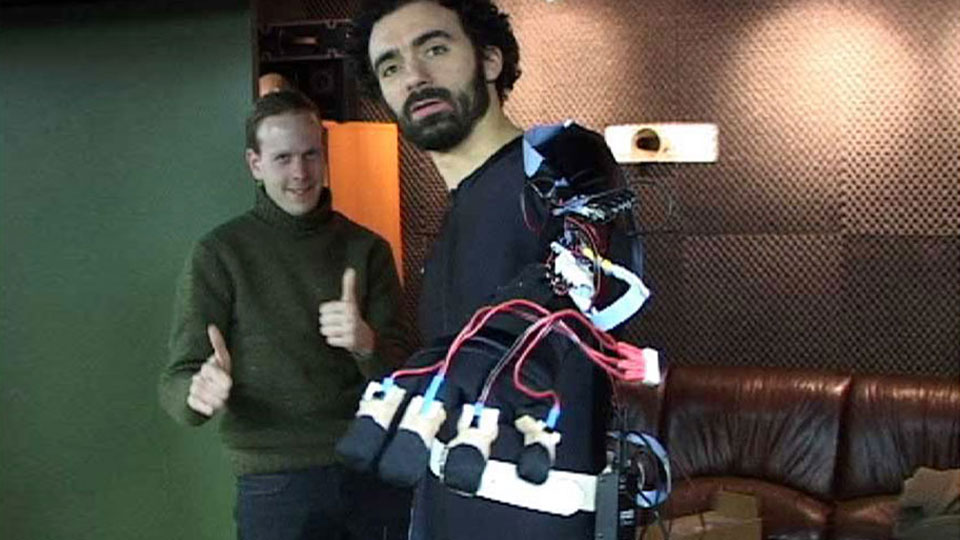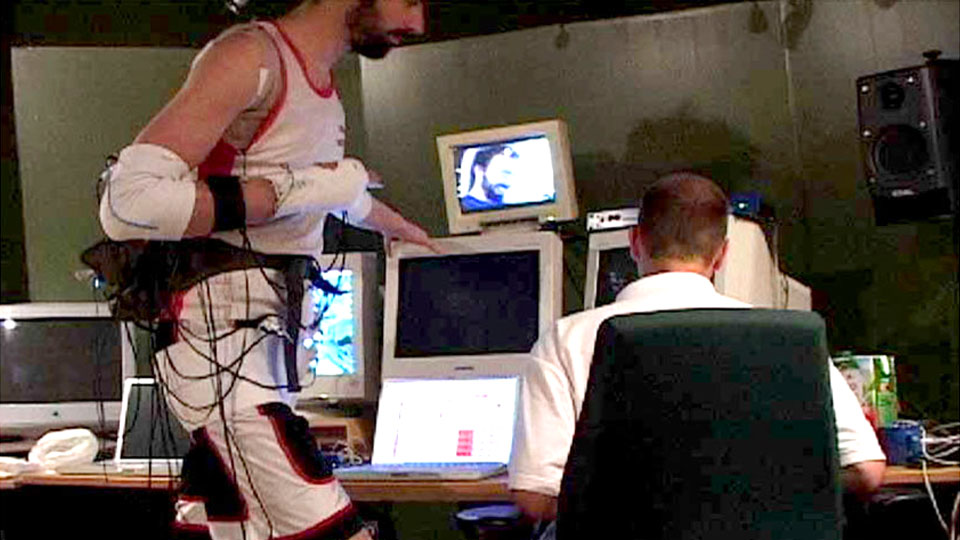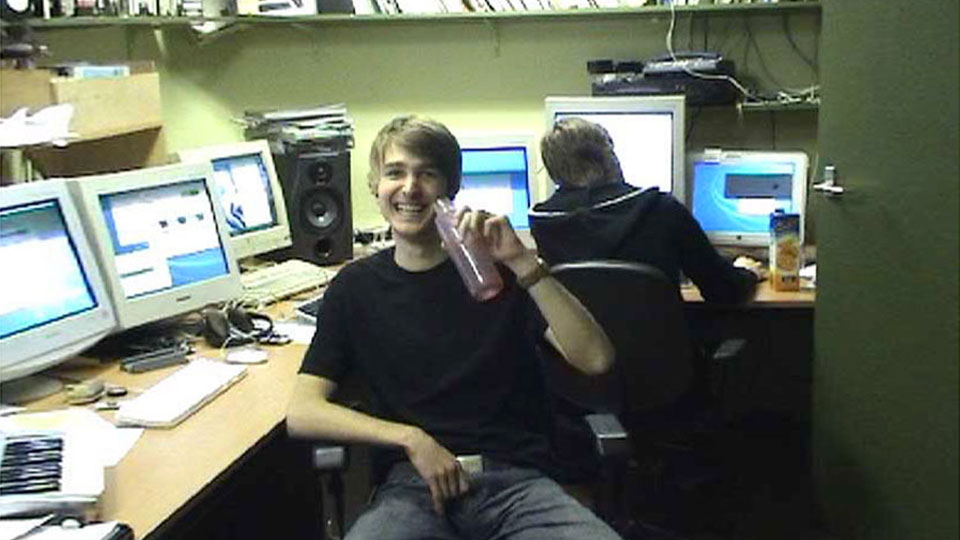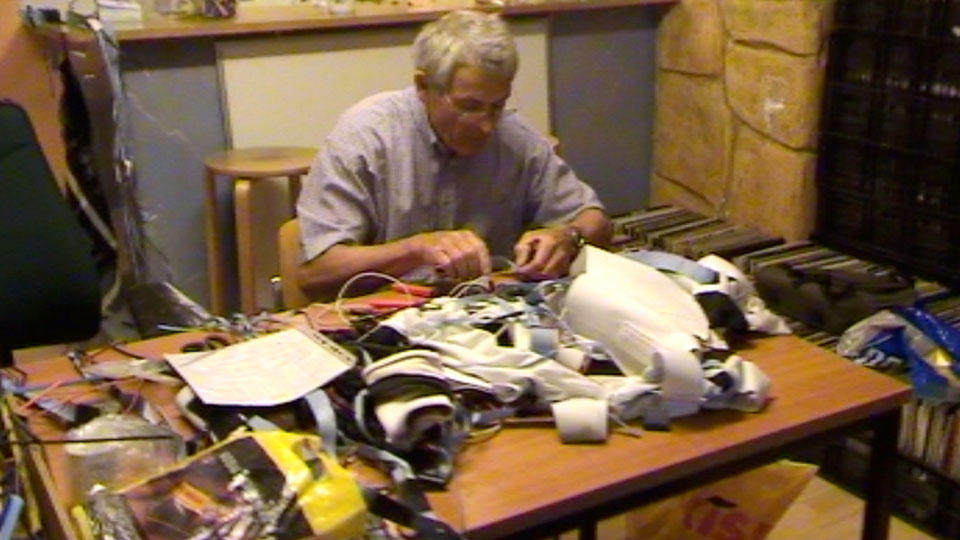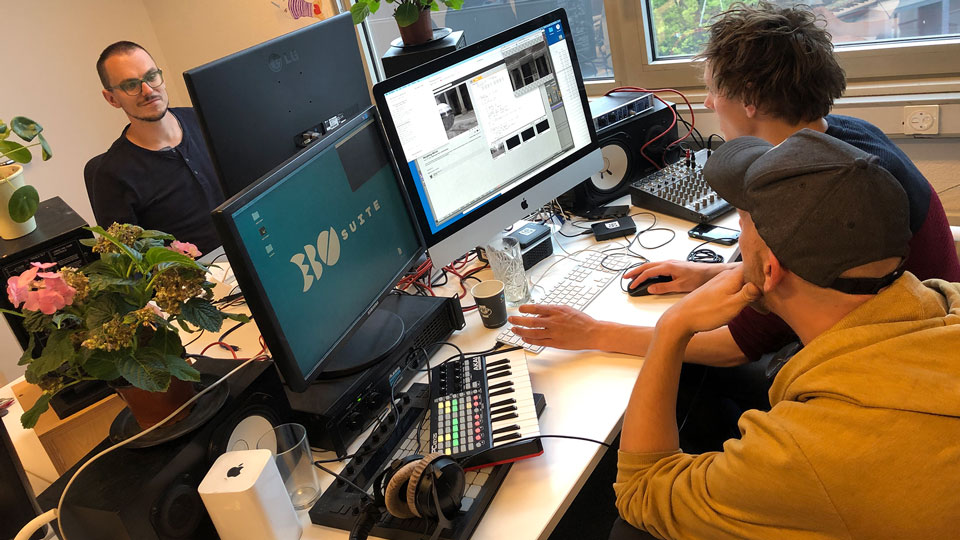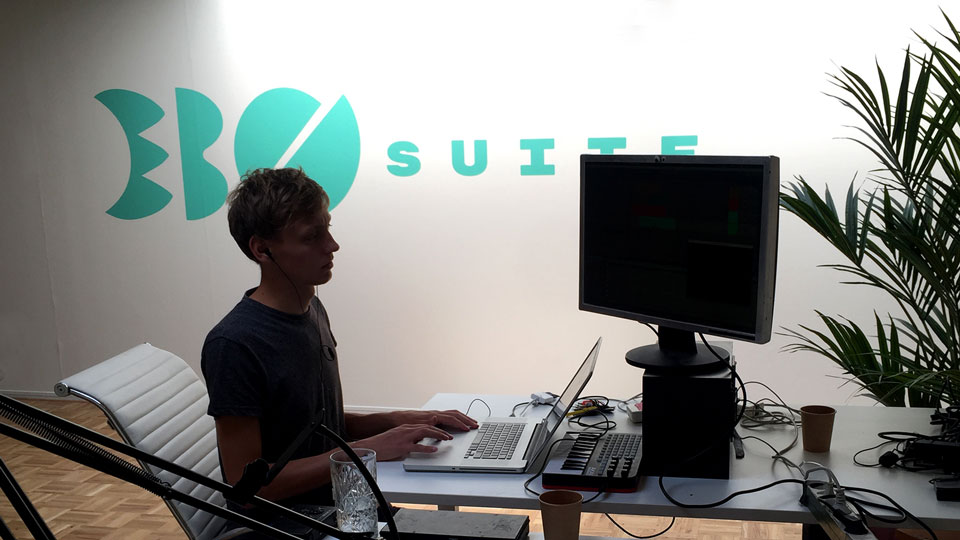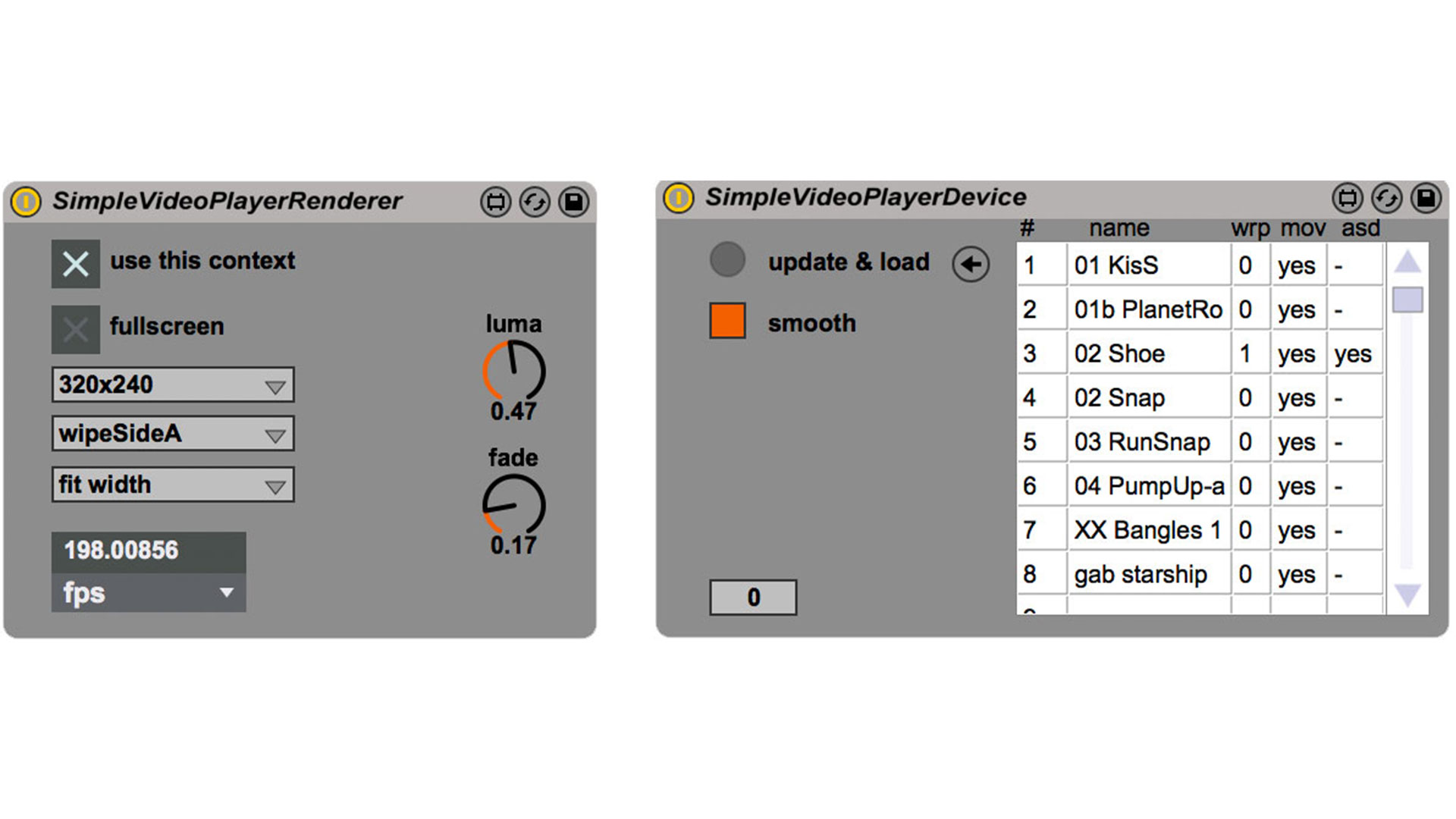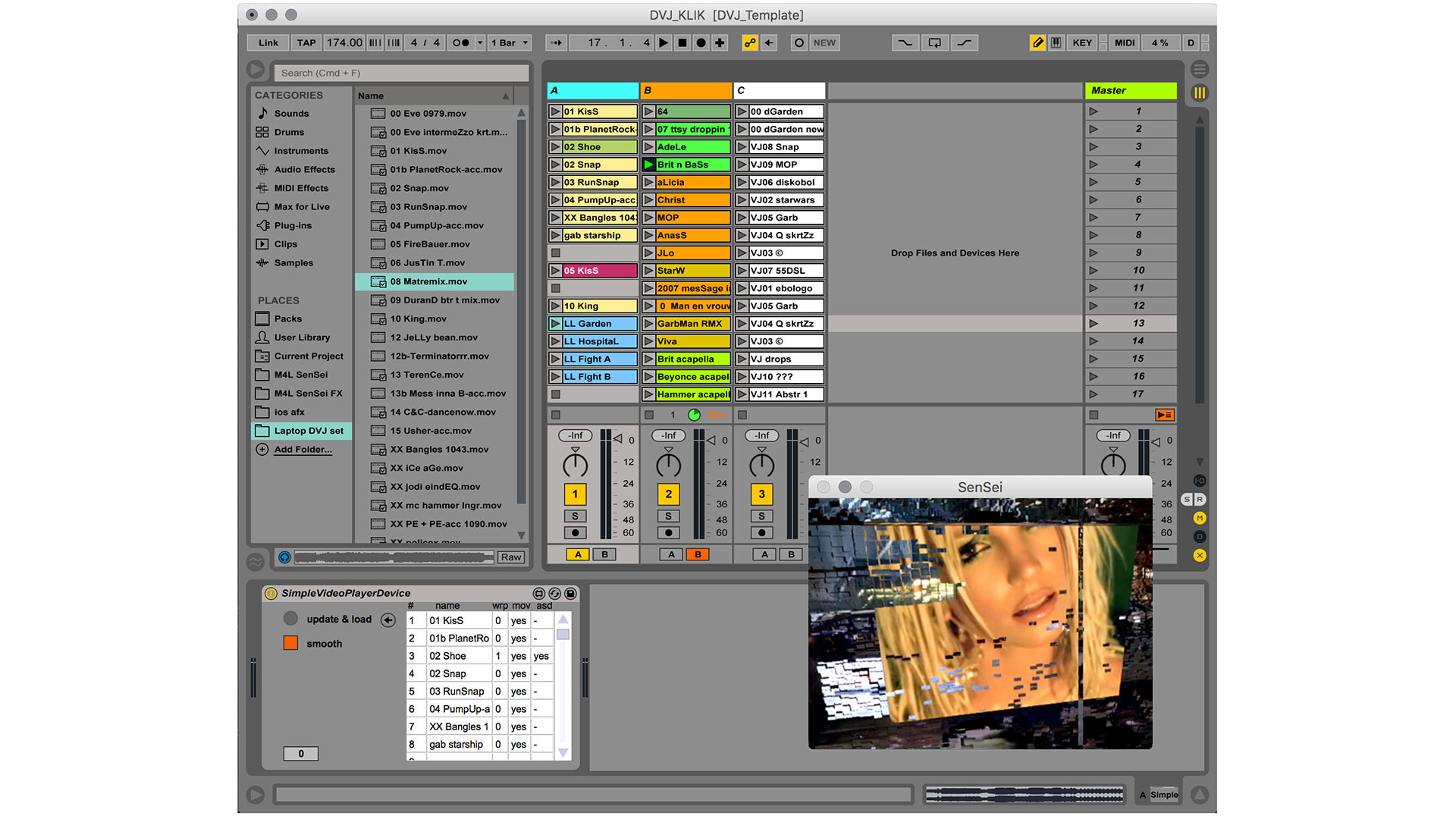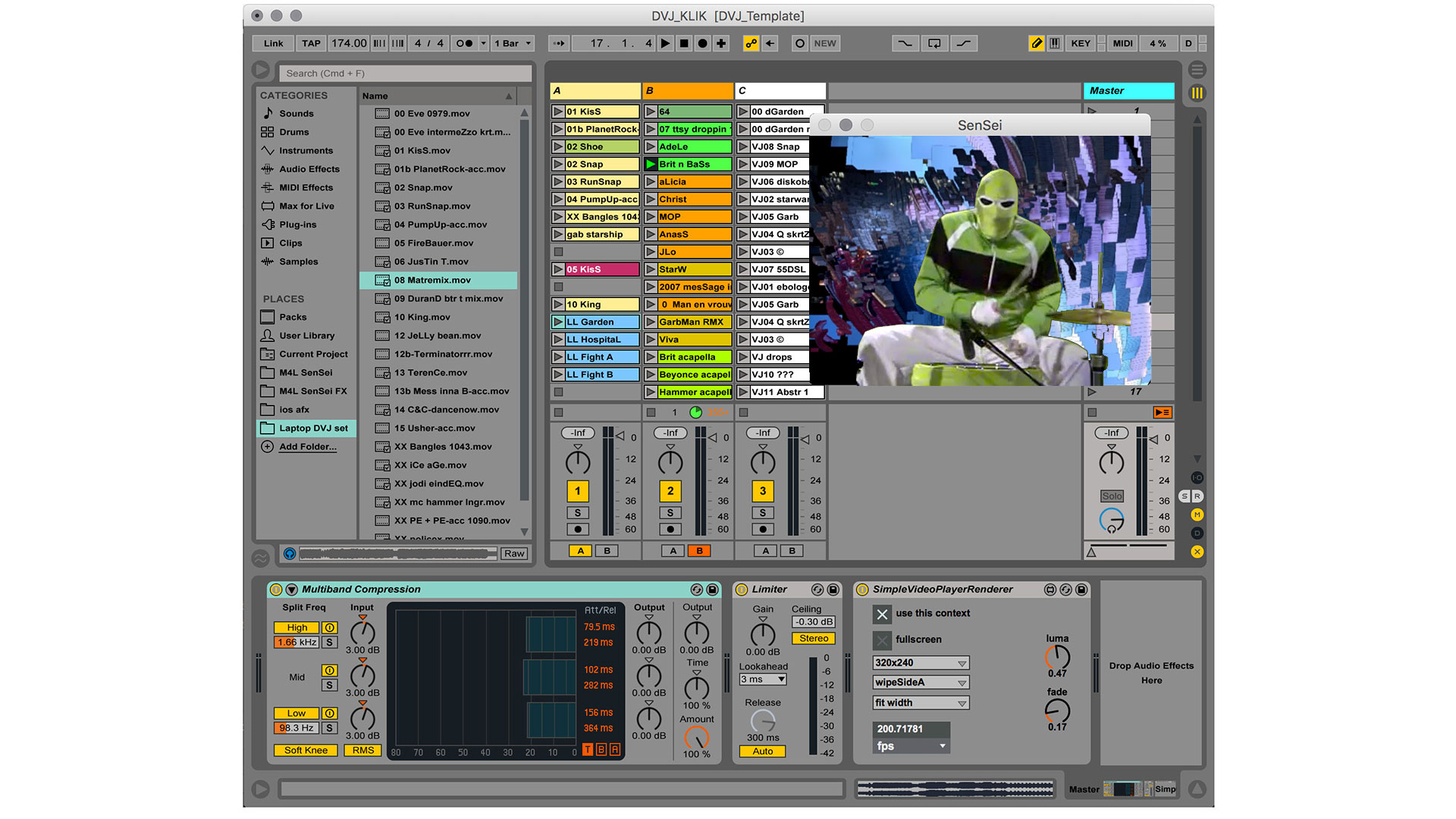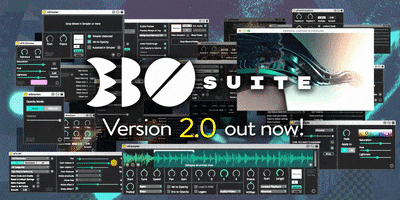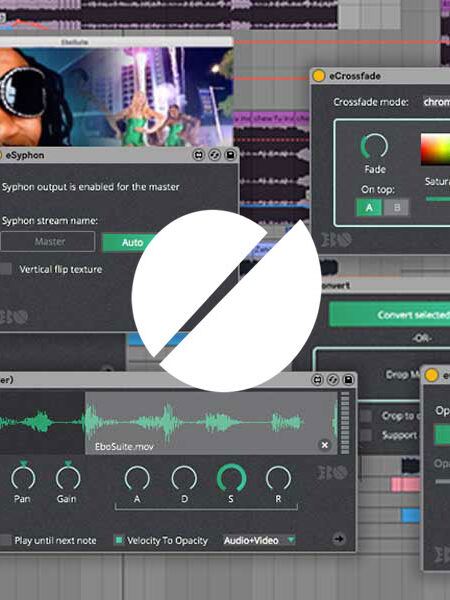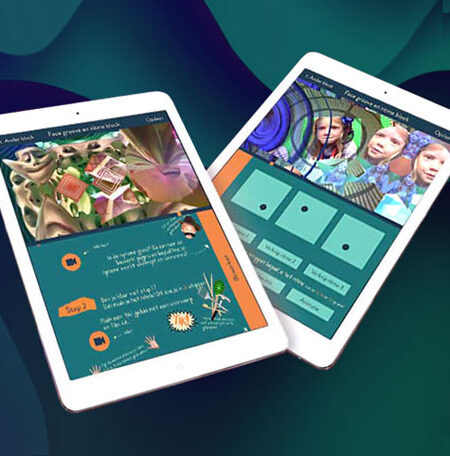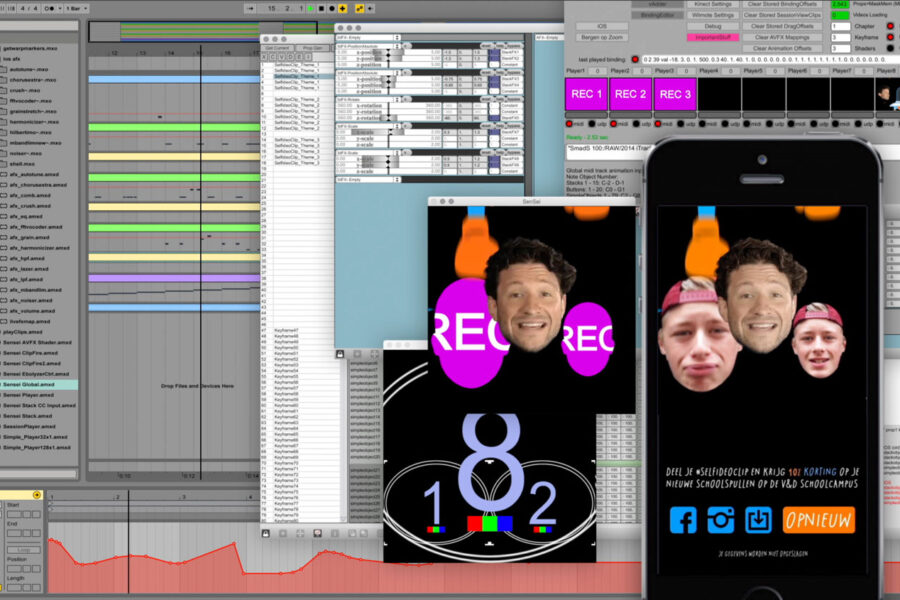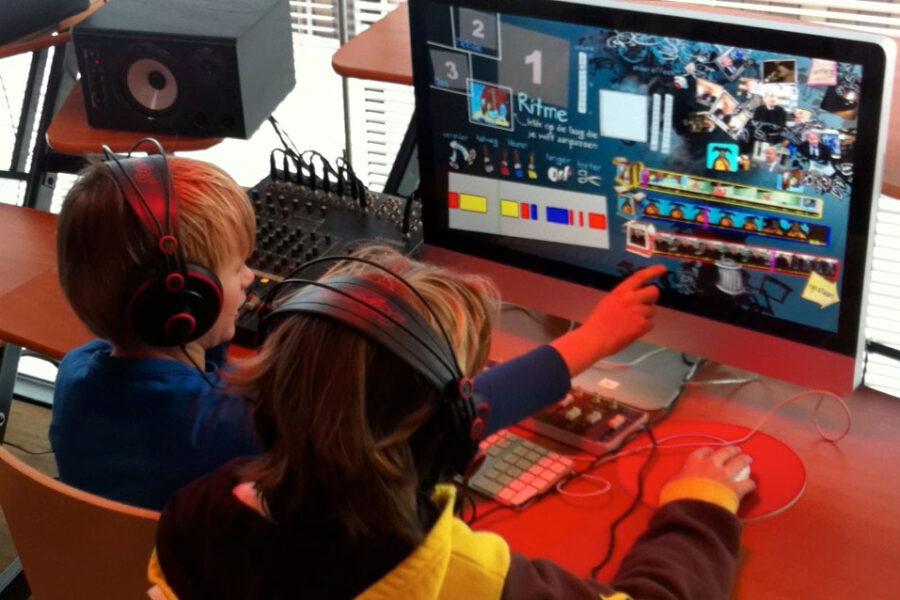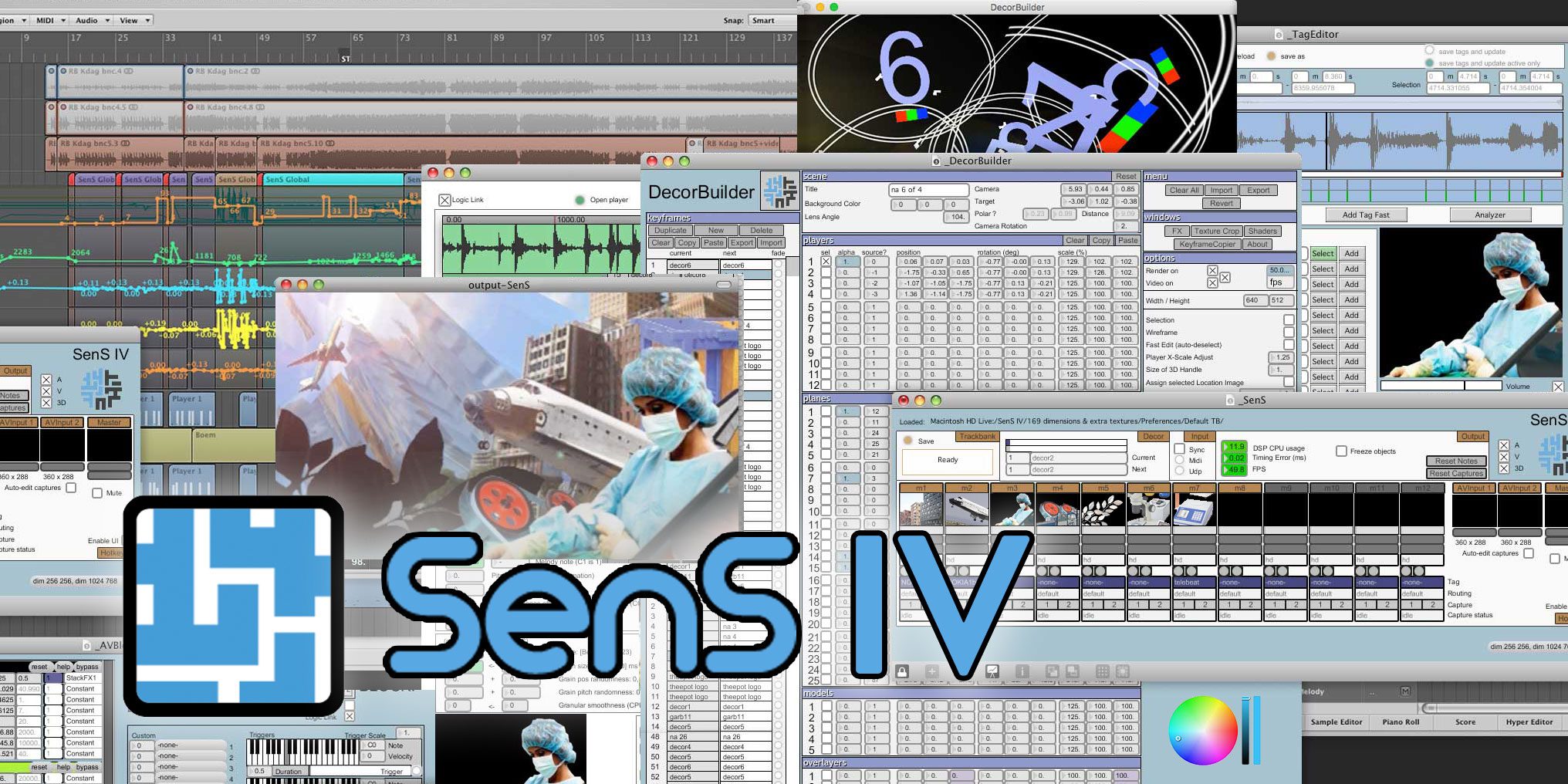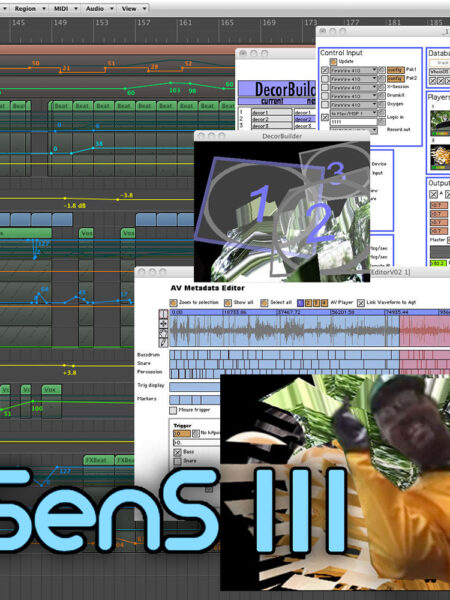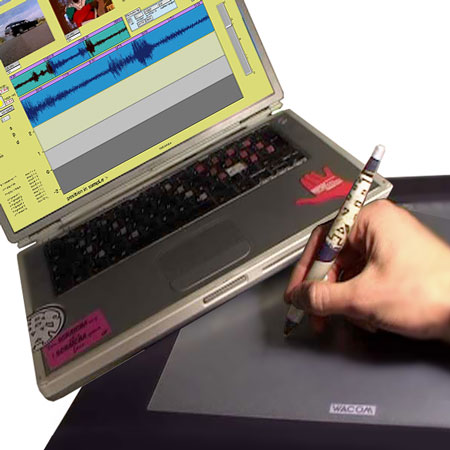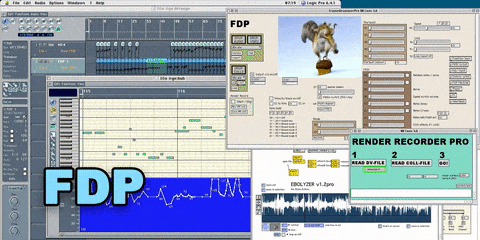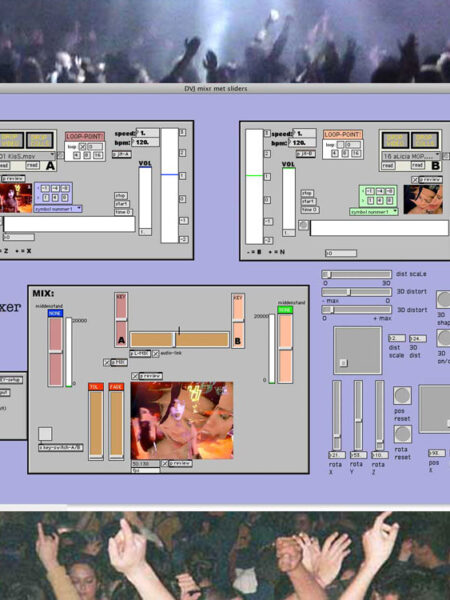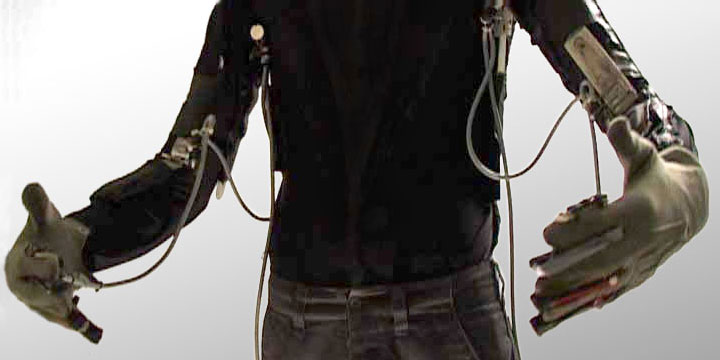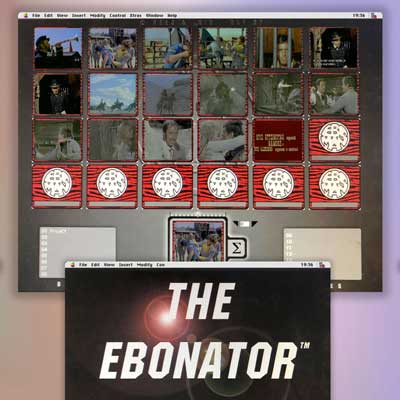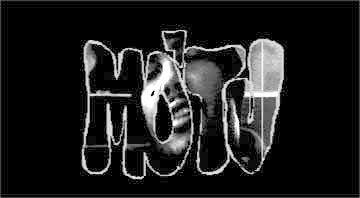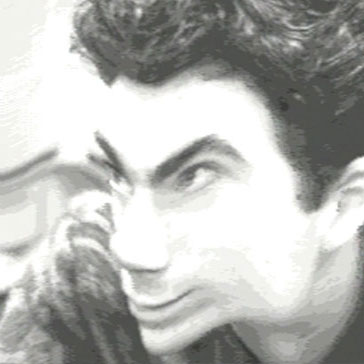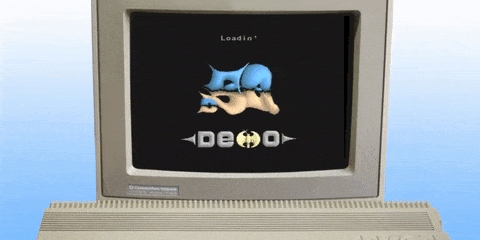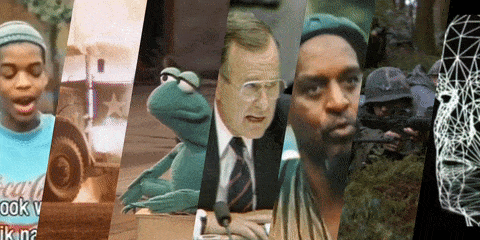Since 1996, I produce audio-visual software to work with music and visuals at the same time, in one unified creative process. My software turns professional music software into audio-visual software. I work with a very skilled, talented and fun team to realise this dream. This quest affected my work as an artist heavily, but resulted in a wonderful product: EboSuite. Below I tell this story.
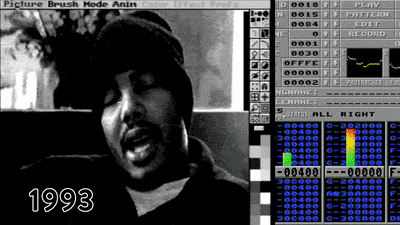
1988 – The beginnings
Before 1995, I used separate software programs to make music and visuals. With friends I made AV Demos in 1989. They created software to put my music and visuals together as a slideshow with transition effects. The school of Arts had an analogue VHS video editing system, but this system was too slow and imprecise for musical editing. When I used visuals in my compositions, I had to imagine the visuals in my mind, for example Tragic eRRoR and Mo’TV.
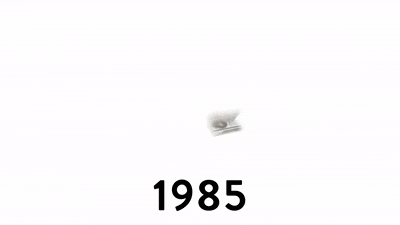
1996 – Amiga video sampler
That all changed in 1995 when I created an audio-visual sampler with a classmate, Armin Dröge. This set-up consisted of a Roland S760 audio sampler and an Amiga computer, triggered live with CuBase (music software). Now I was able to play with video live, in a musical way. The tracks GarbiTch and NoMo cLearance became instant hits during my live shows.
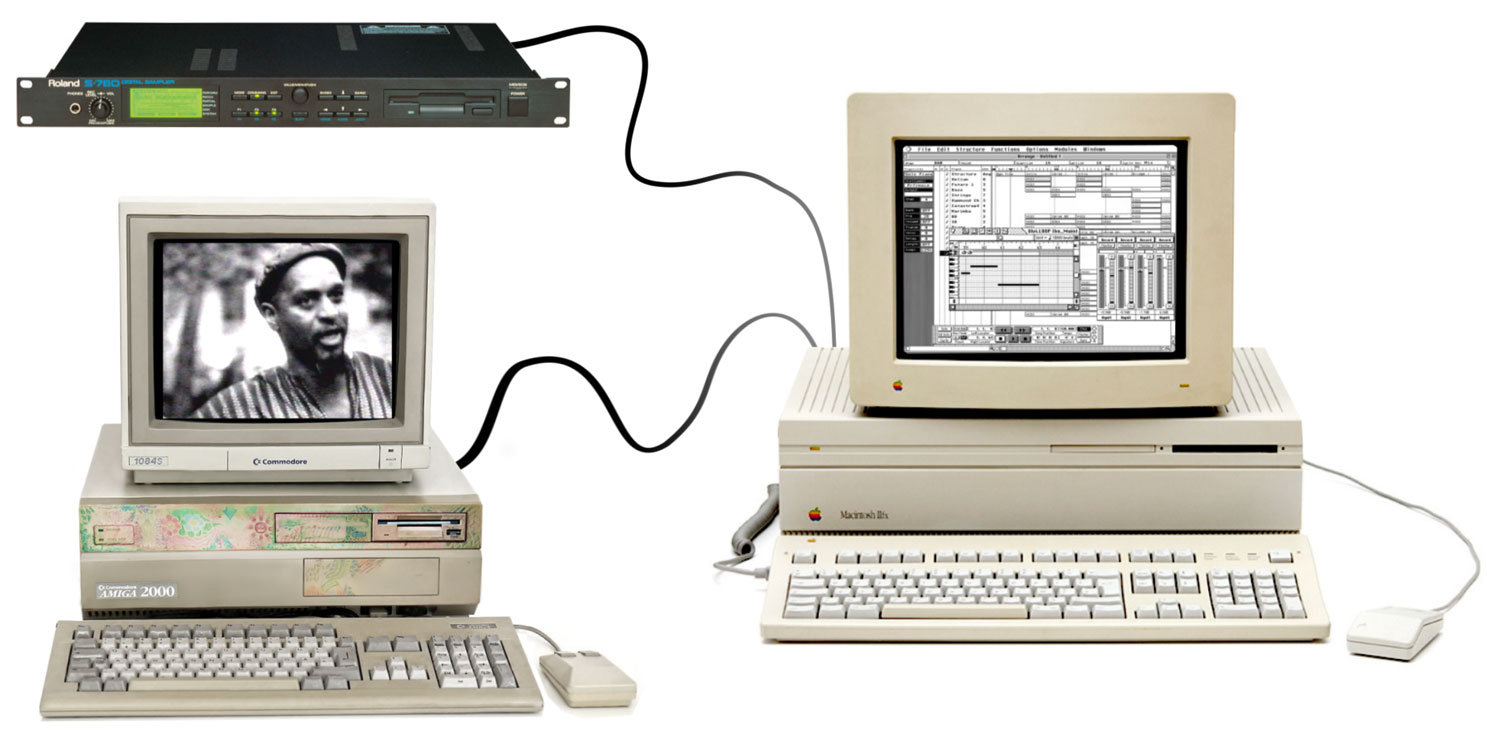
1997 – EbonaTor
With the EbonaTor I was able to pitch and trigger videos on the fly on multiple computers and synchronise them like a DJ with turntables. Two schoolmates, Keez Duyves and Gideon Kiers, made it for me in 1997.
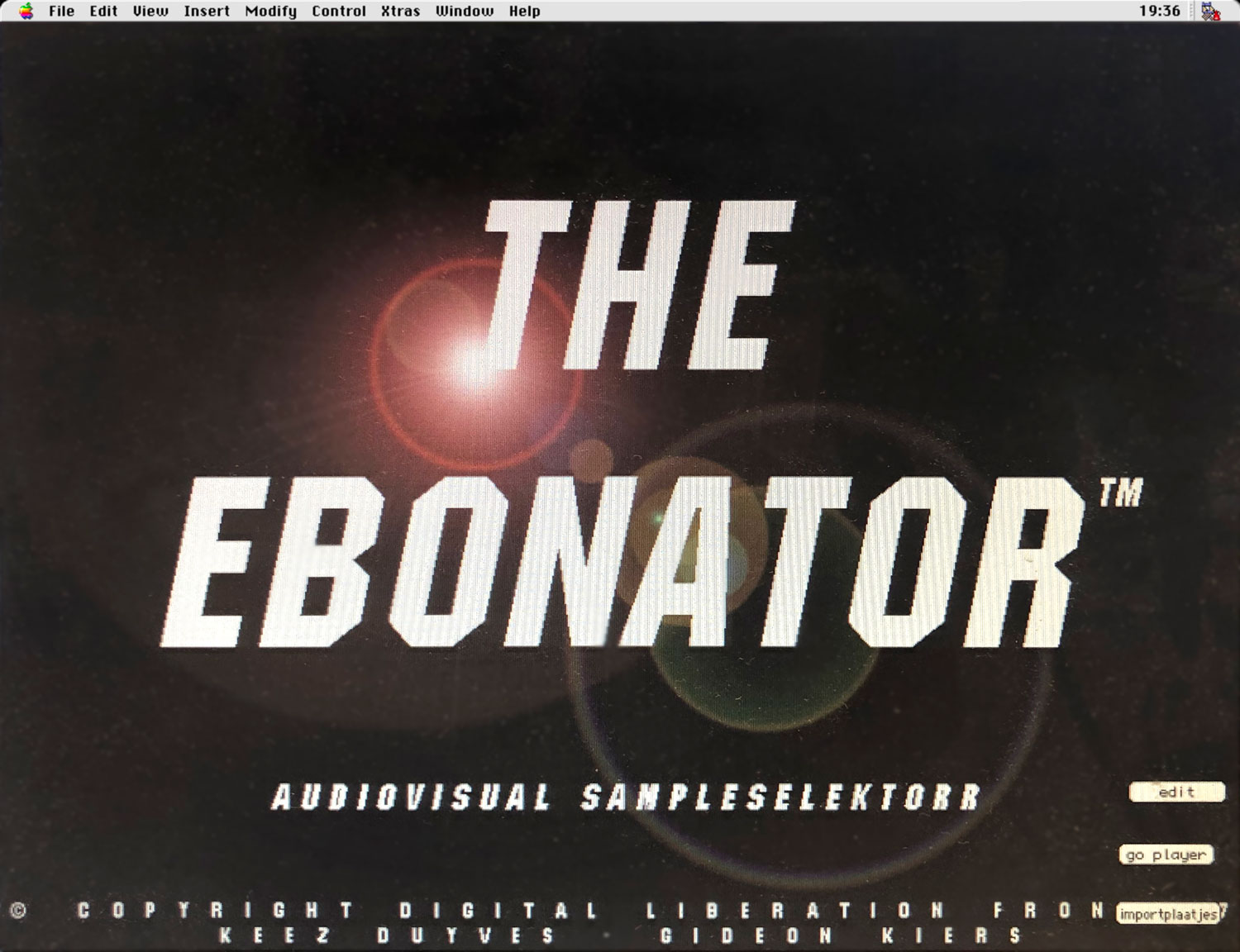
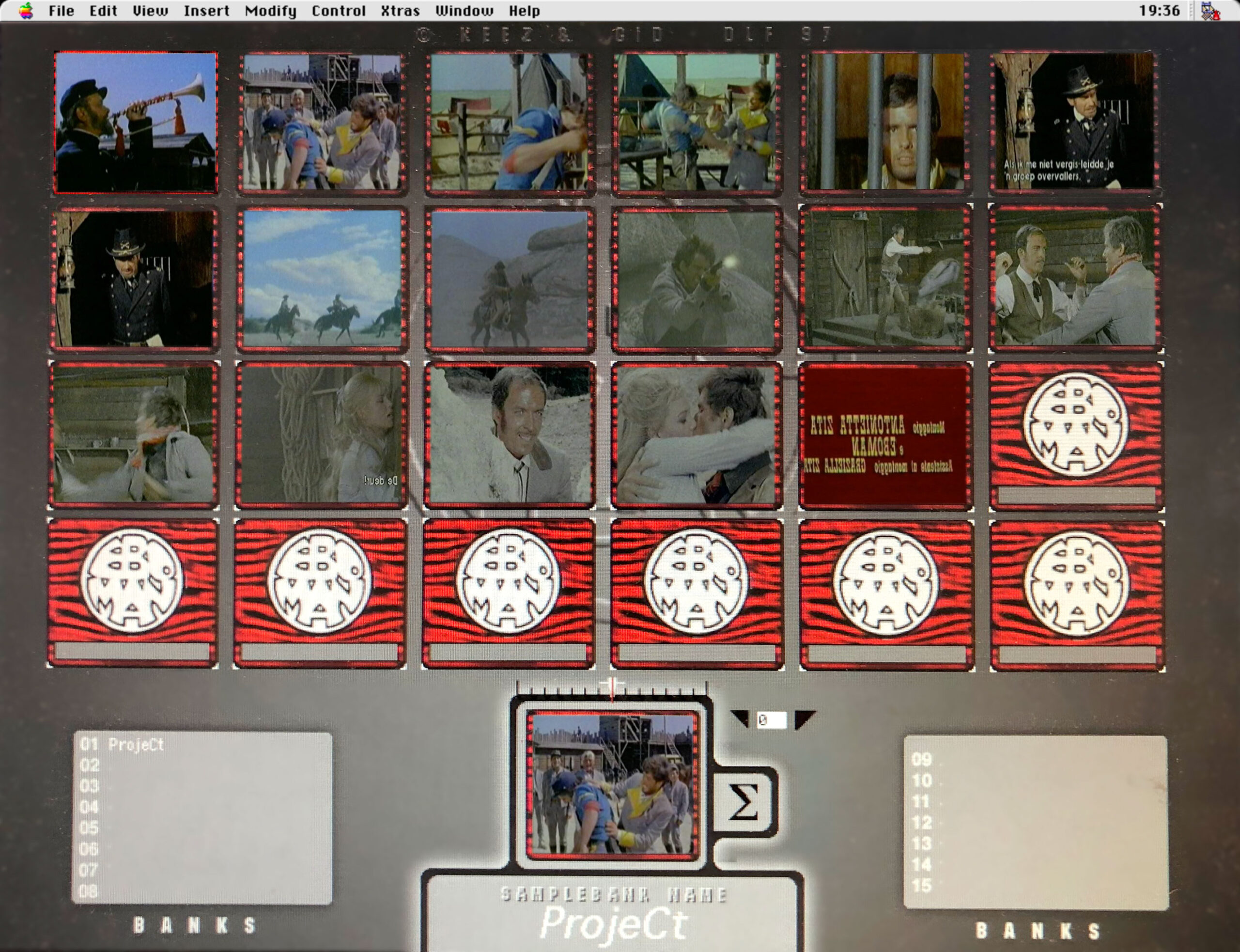
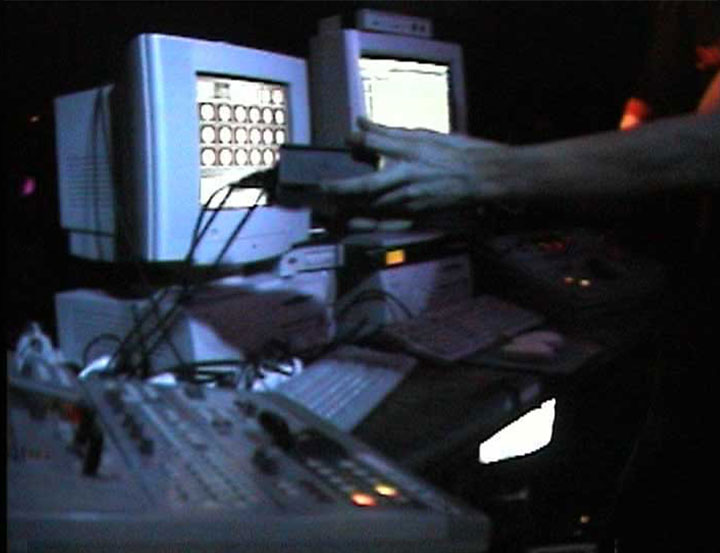
1999 – SenSorSuit + AV sample set-up
In 1999, I developed the SenSorSuit with my father and Chris Heijens. With metal door hinges in my armpits and elbows, DJ faders between my fingers and buttons on the ground I was able to track my body motion and control video live on stage. I used the EboNator and Steim’s Image/ine to perform with this suit on several screens simultaneously. In 1998, I synchronised Arkaos X<>Pose with a SampleCell audio sampler to create an audio-visual sampler.
2000 – Nato.0+55+3d + Max/MSP/Jitter
Max is a great development platform to make creative applications. I had been using Max since 1999 to time-strech audio in real time and to create fun audio glitch effects. When Nato.0+55+3d was launched (an experimental suite of externals that added extensive real-time video control to Max) I made some experimental video applications. But when ‘Jitter’ was launched, an official suite of visual externals for Max, the time was ripe to make more complex audio-visual applications.
2003 – DVJ Mixer + skrtZz pen + DVJ tools
In 2002, I started to permanently employ people to create more complex software. With Aart Muis, Thijs Koerselman and Rob Donkers, I made many creative audio-visual instruments, like the DVJ Mixer, the skrtZz pen, the video drum kit and skrtZz board.
2003 – Frame Drummer Pro
In 2003 we made the Frame Drummer Pro. The Frame Drummer Pro turned Logic Pro (music software) into an audio-visual instrument. Version 7.0 supported advanced video triggering, skrtZz-ing, audio-visual effects, composition assistance and live sampling.

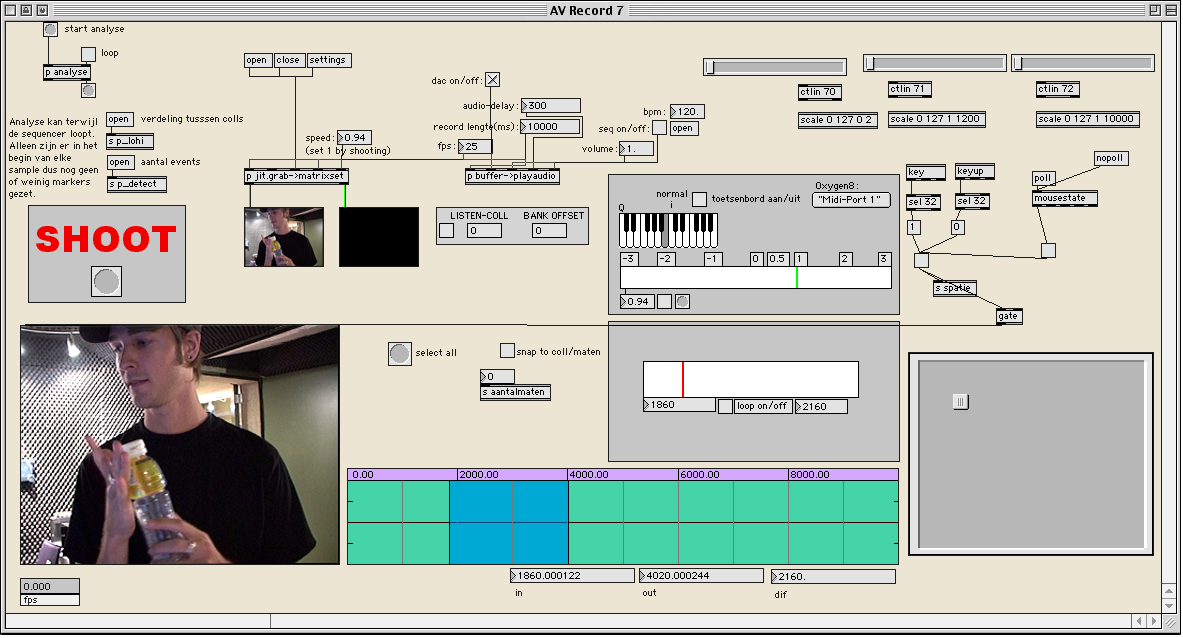
2004 – SenS
In 2004, I made my first attempt to develop a fully functional audio-visual software system, called SenS. SenS combined the creative possibilities of the DVJ mixer, skrtZz pen and Frame Drummer Pro. Because hardware was not powerful enough to play, mix, distort and skrtZz multiple videos and run Logic Pro at the same time, SenS ran on several laptops. It could also be controlled with an updated version of the SenSorSuit.

2005 – EboStudio
To develop complex software like SenS, I was dependant on my technical team. To create a solid basis for them to experiment, learn and develop themselves into audio-visual technology specialists, I founded EboStudio (called SmadSteck initially). This had a huge impact on my artistic work, but fortunately, I managed to maintain an environment in which my team could focus on the development of SenS solely, without having to deal with the daily stress of other deadlines.
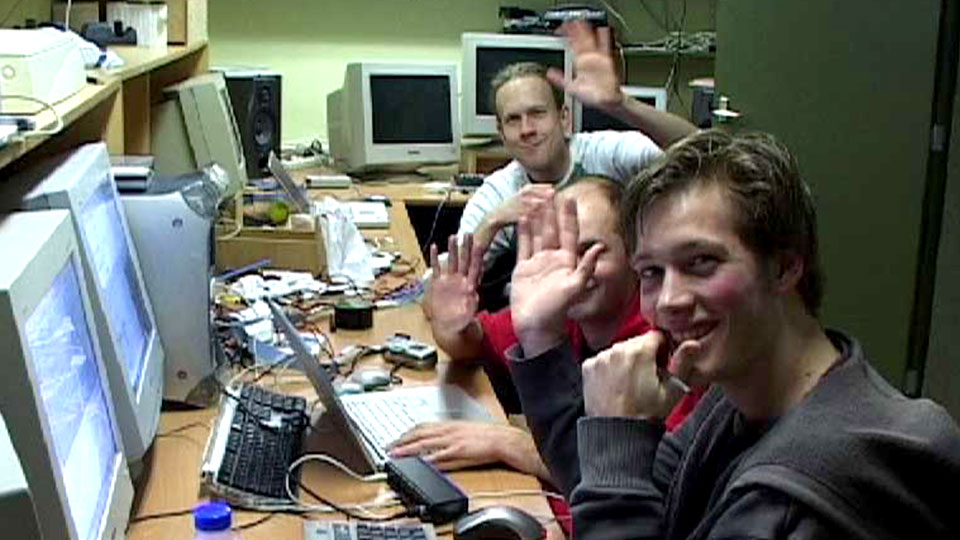

2005 – SenS II
In 2005 Mattijs Kneppers and Bas van der Graaff joined the team. With them I developed SenS I further into SenS II. This system worked with its own sequencer to loop and mix MIDI loops on the fly (a bit like Albleton Live’s Session View). This system ran on one computer (which made it much easier to operate) and supported 3D video mixing of two individual video tracks. SenS II was made for live performances primarily.
2006 – SenS III
SenS III was able to play and mix four videos in 3D and was equipped with 16 audio-visual 3D effects and proper editors, like the AV Meta-Data Editor and the Decor Builder. Seamless integration into music software is very important to create the optimal audio-visual instrument. Dedicated SenS VST plug-ins integrated SenS as seamless as possible into Logic Pro.

2007 – SenS IV
SenS IV introduced AV Block, a flexibel audio-visual effects editor in 2007. Timo Rozendal and Nenad Popov joined the team and I invested heavily into its real-time motion graphics and 3D video mix capabilities to be able to do more commercial projects to finance the development. With SenS IV I did many live video sampling shows for different brands and creative agencies. It is also used as total show control software to mix live camera streams, graphics, music and videos for conferences, a fashion show, an award show and two interactive narrow casting installations.

2011 – SenSei + Augmented Stage
SenSei turns Ableton Live (popular music software) into an audio-visual instrument. It is the final prototype before the development of EboSuite. SenSei consists of a set of ‘Max for Live’ plug-ins to control the SenSei application from within Ableton Live and a set of editors to edit different aspects of a SenSei project. The creative features of SenSei remained mostly the same as SenS IV, yet more user-friendly and reliable. SenSei could also be controlled with a 3D camera, I call this concept Augmented Stage.

2013 – DVJ Mixer 3.0
The DVJ mixer 3.0 (2013) is a simplified version of SenSei, made for my DVJ shows. It is the first basic version of EboSuite. The DVJ Mixer 3.0 consists of two plug-ins for Ableton Live. When a plug-in is added to an Ableton Live project the video mixer application automatically launches in the background. The application runs in a separate instance from Ableton Live to maximise performance and reliability.
2014 – Interactive Tracks
In 2011 it was time to take things to the next level. The main purpose of starting EboStudio was to create the ideal audio-visual instrument, and to make that instrument available for everybody. During the development of SenSei it became clear that the time was ripe to turn this prototype into a release-worthy product (that is now EboSuite). To do this, we had to re-write all the prototype software into rock-solid code (C++ etc.): a slow and costly process. That is one of the reasons I started the Interactive Tracks project.
Interactive Tracks are interactive audio-visual compositions (iOS apps) with integrated creative functions to remix and personalise them. The personalised track can easily be shared on social media. Step-by-step, app-by-app we converted SenSei into release-worthy software and created the basis for what is now EboSuite.
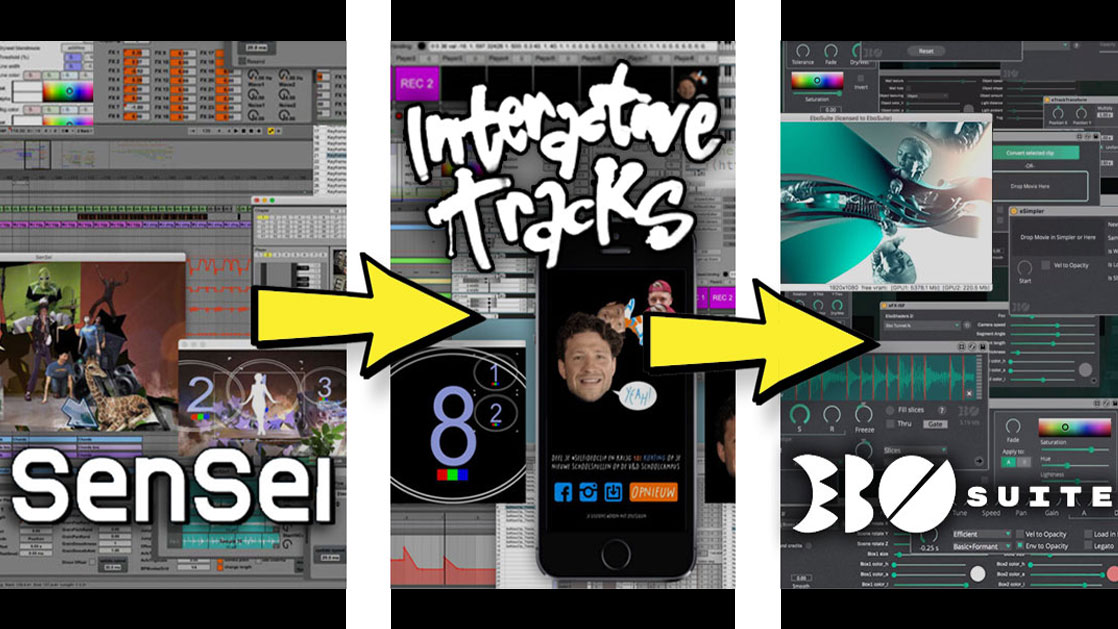
2017 – EboSuite 1.0
In 2017 EboSuite was launched! I had been looking forward to this moment for a long time. Finally the instrument I had been working on with my team for many years was available for everybody to download. EboSuite is a collection of plug-ins that turns Ableton Live into an audio-visual instrument. The aim of my software is to create the ultimate audio-visual instrument that merges the creative processes of making music and making visuals into one, unified creative process. Ideal for audio-visual and visual music artists like me. You should try it out yourself!

2019 – EboSuite 1.5
Early 2019, EboSuite 1.5 was released. EboSuite 1.5 was an important update, because it added (a.o.) the eSimpler and the Granular Mode to the eSampler and it added support for ‘ISF shaders‘. ISF shaders are visual algoritmes for manipulating and/or generating visuals. Many creative technicians develop these visual algorithms (shaders) and share them on different websites, like the ISF website. This adds virtually unlimited visual effects and generators to EboSuite, very important for an audio-visual instrument!


2022 – EboSuite 2.0
In 2022 we launched EboSuite 2.0! Finally, after years of adding new features and improvements, EboSuite had outgrown its 1.x name and we decided to take the step to 2.0! On top of that some big new additions were added, like the ability to record video live and use it immediately. A great way to make your performance a real live experience and to jam with new ideas in real-time. The interface of EboSuite was completely restyled and cleaned up for an even better user experience. Try it out yourself!
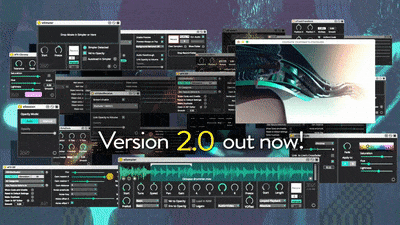
Project pages
Read about the history of EboSuite and its prototypes in more detail on the individual project pages below.

